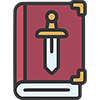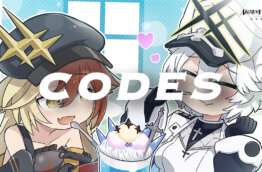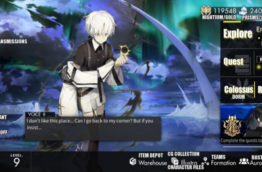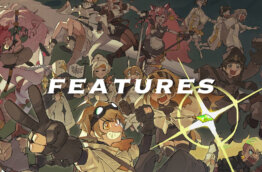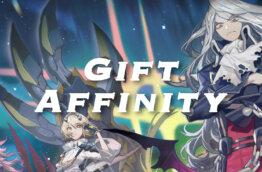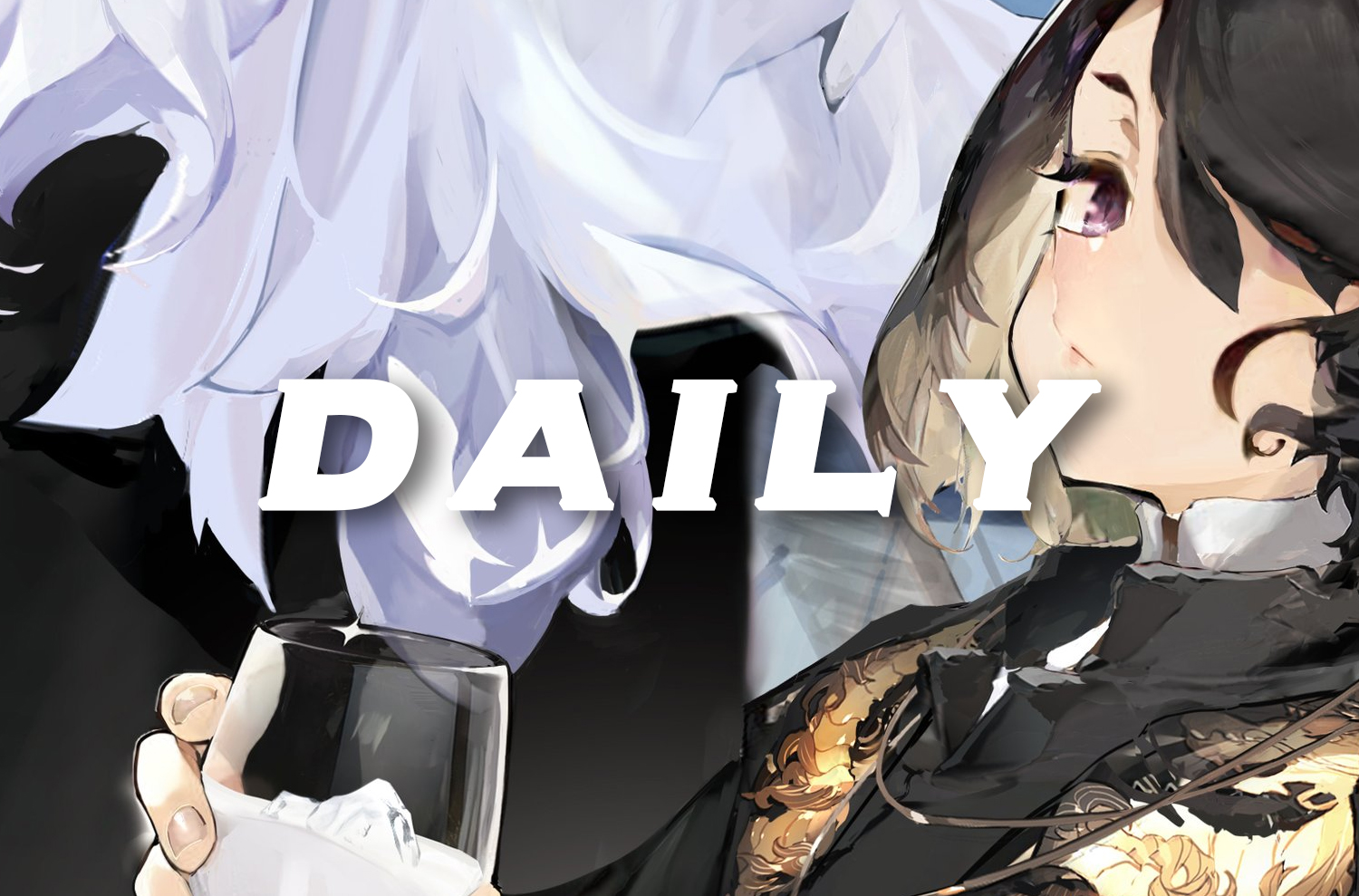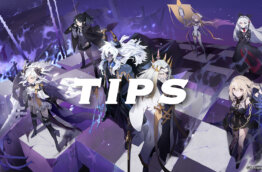If you are new to the game Alchemy Stars by Tencent Games and Tourdog Studio, this basic guide will give you all of the most important information you want to know at the starting of the game!
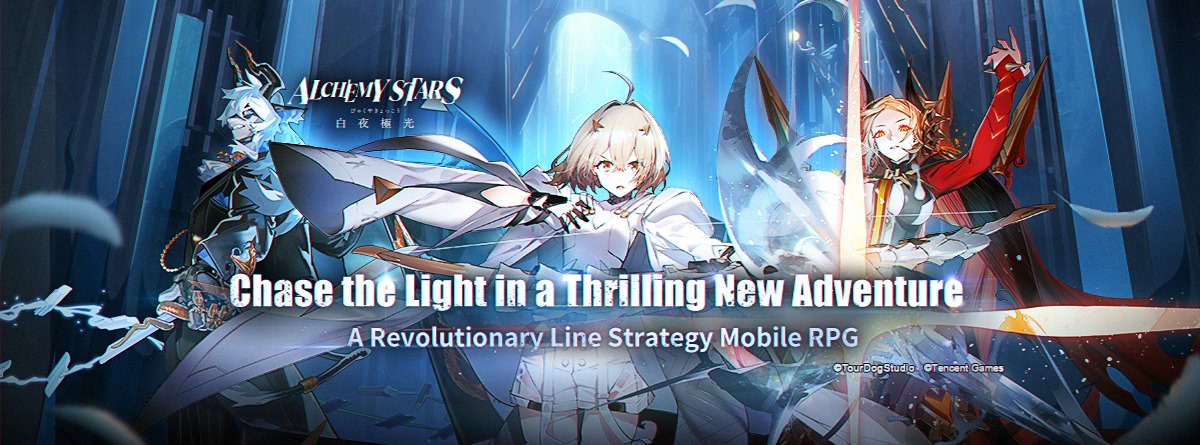
All Alchemy Stars Guides
Basic Guide
By fubufubu#7128, Muffu#0001, and Pepi#1567!
What is Alchemy Stars?
Alchemy Stars is a Revolutionary Mobile Strategy Turn-Based Game presented by Tencent Games and Tourdog Studio. It puts a twist on the classic strategic RPG genre, involving tiles and lines.
Alchemy Stars is set in the world of Astra, a world engulfed in both Light and Dark. You take control of a young Caelestite, a supposedly extinct race, trapped underground with your Colossus. Until the day you meet Vice, forever changing your world.
The World of Astra
BBefore we talk about the gameplay, let’s talk a little bit about the world and politics. No Major Spoilers here, don’t worry.
Astra is currently split between Light and Dark. The Light is where the Aurorians live and the Eclipsites live in the Dark. The Aurorians and Eclipsites have been at war for ages.
The Caelestite (aka our race) is a race that was supposedly wiped out 17 years ago by the Eclipsites for an unknown reason. They can see Light Trails which assists them in combat and in commanding Aurorians. They also have MASSIVE ships known as a Colossus.
-There are several groups and factions governing Astra, which all have different agendas and policies. As you explore the world more, the darker the truths that’ll surface.
This is just the general groundwork of the world and lore but of course if you want to be spoiled or you already wanna know the story, just ask around the Alchemy Star Discord Server. The potential of Alchemy Stars’ Lore and Story is very vast, here hoping it’ll get more expanded in the future.
Now that we have that out of the way, we can now talk about the game itself.
Alchemy Stars Slangs
Credits: Sen#1436
Enhanced Tile: Grants 2 times the combo of a normal tile
Prism Tile: Extends the color of Prism tile two tiles based on the direction you entered
Poison: Lose 1% of max HP per round (up to 5 stacks)
Burning: Lose 1% of current HP per round (up to 5 stacks)
Bleed: Lose 2% of HP loss per round (up to 5 stacks)
Paralyzed: Can only move one tile. Unable to dodge
Stun: Unable to move this round
Blind: 30% chance of missing attacks
Fright: Will run away from enemies. Lasts 1 round.
Sleep: Unable to move. Damage is increased by 50% when awakened
Slow: Reduce movement by 50%
Wounded: Something? take damage depending on how many tiles you moved
Alchemy Stars Menu, Aesthetic, GACHA!
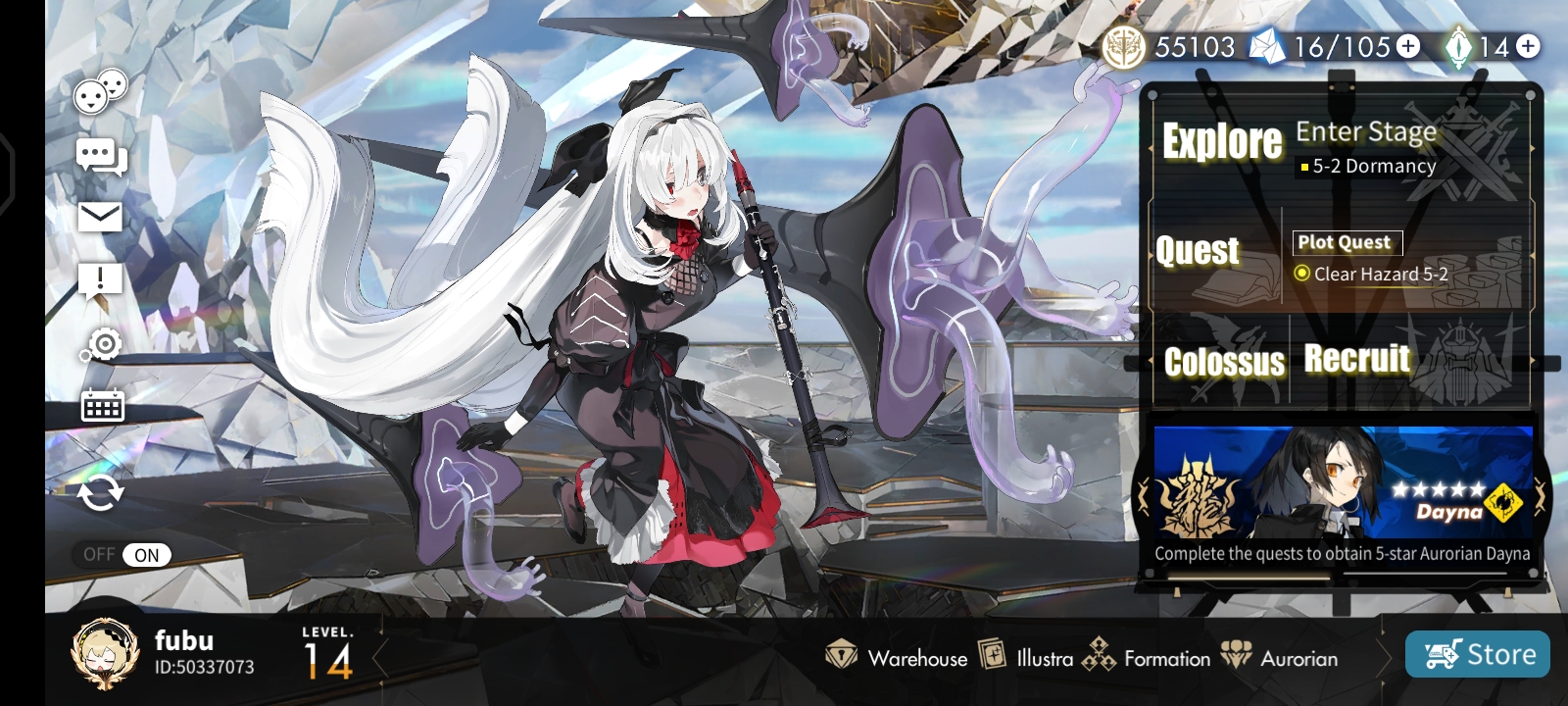
The Place To Enjoy Lobby Music
- The game has a clean and crisp UI. It can be easily navigated and almost everything can be accessed here.
- On the left side of the screen, you have the usual account utility stuffs like Friend List, Chatting, Mail, Announcement, Settings, etc. The Player Profile can also be easily accessed via the player’s icon at the bottom left corner of the screen.
- On the right side is where most of the gameplay related menus are located. The Main Story can be easily accessed here in just one tap and it also shows what ongoing quest you’re currently doing. Tapping on your ongoing quest will immediately send you where the quest is, which is handy.
- At the bottom of the screen is where the collection menus are located. It contains the Warehouse (aka Inventory), Illustrations, Formation (teams), and ofcourse your units, the Aurorians.
- At the top right side are the Nightium (the game currency), Prisms (Stamina), and Lumamber (Gacha Currency).

Alchemy Stars Assistant
- Of course like any other gacha games, you can also change your Assistant and choose from the myriad of Aurorians that you currently have. Each has unique voice lines and interactions with the player depending on their Affinity (simply speaking, it’s their Trust Meter).
- You can also change the background as to what you want. Currently, there are only 3 backgrounds to choose from namely: Leisure (Open Land), Aurora (Aurora Night Sky), and Inside the Colossus.
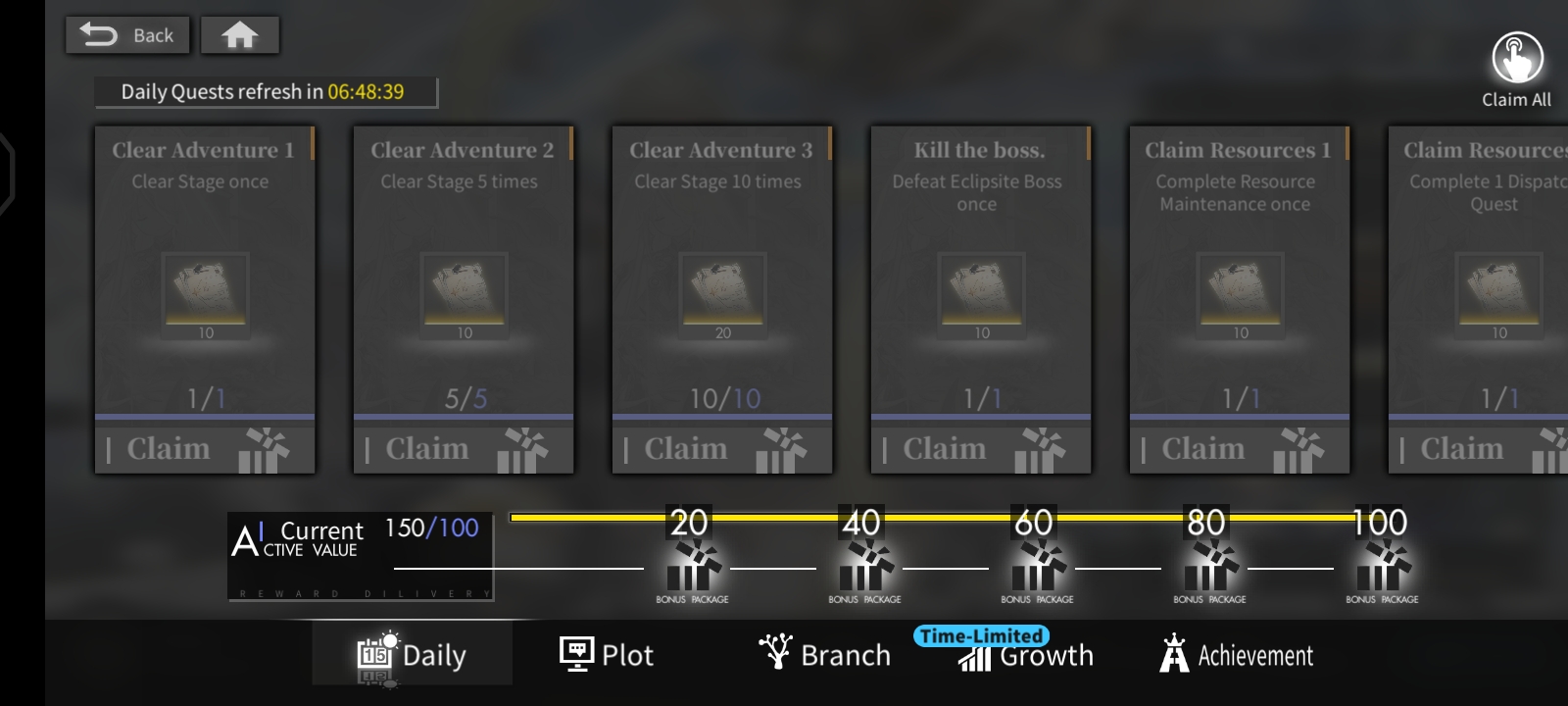
We still have the Quest System to talk about but it’s just similar to every gacha game out there (Dailies, Milestones, Achievements, etc.), so now let’s talk about the gacha.
Is The Gacha System of Alchemy Stars Great for Free-to-Play Players?
What you’re currently looking at right now is the Beginner Banner. It guarantees a 6* in 21 pulls. Given that you can get a 6* Guaranteed at the 21st pull, you can still pull a 6* in the first 10 pull (could be multiple if your luck is great).
As you can see, the 6* and 5* rates are quite high for a gacha game. These rates are comparable to Arknights, which is very good and balanced. It’s safe to say that you can get at least 1 5* every 10 pulls.

The game also features a Pity System. If you somewhat get until 50 without pulling a single 6*, the rates for the 6* will be increased. Starting from the 51st pull, the game will add a 2.5% chance to the base 2% 6* rate. By the 51st pull, you’ll have 4.5% Chance to get a 6*. At this point on, the game will add 2.5% in every roll until you get a 6*. It is still unknown if the Pity for a banner will carry on once that banner is over.
As for the gacha currency, the game uses two items. One is Star Flares and the other is Lumambers. Star Flares can be obtained from bosses, log in rewards, chapter rewards, shop, or through exchanging Lumamber. Lumamber on the other hand is the easiest to obtain from the two gacha currencies since they are available on Daily Quests, one time reward for clearing stages, obtainable through the Dorms, log in rewards, Aurorian gifts, etc. Lumamber can be obtained from almost everywhere. 1 Star Flare is equal to one pull and 300 Lumamber is equal to 1 Star Flare.
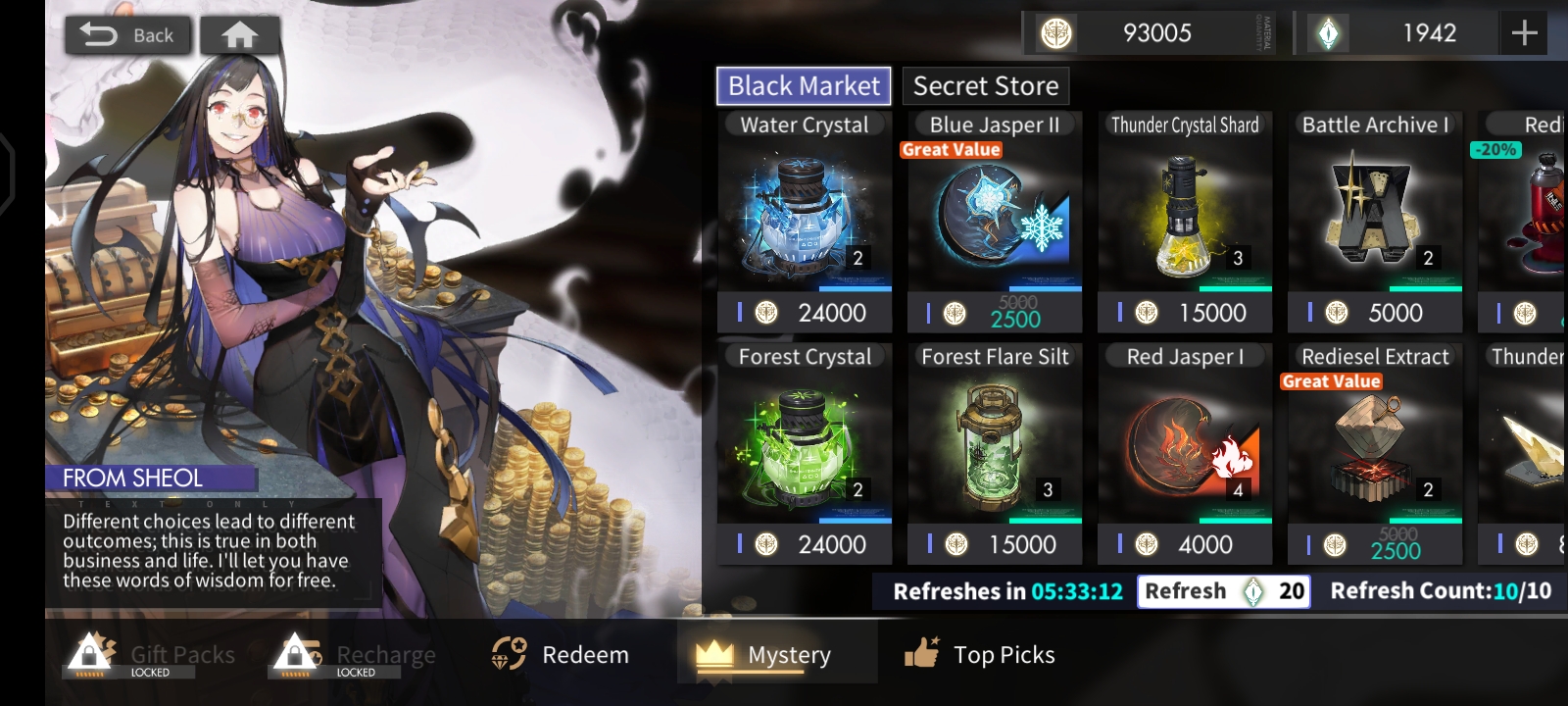
Just like every Gacha Game, Alchemy Stars also have a shop where we can spend our ingame money (or irl money if you’re whaling) buy materials, gacha currencies, or exchange items.
The shop feels and functions just like in Arknights. You can exchange your dupes here for Materials, Star Flares, or even Aurorians in the shop.
The shop is just simple and is simply there to provide assistance and help with the grind. Though there might be times where desperation comes and you’ll need every help the shop can offer to help you relieve your material hell or gacha addiction.
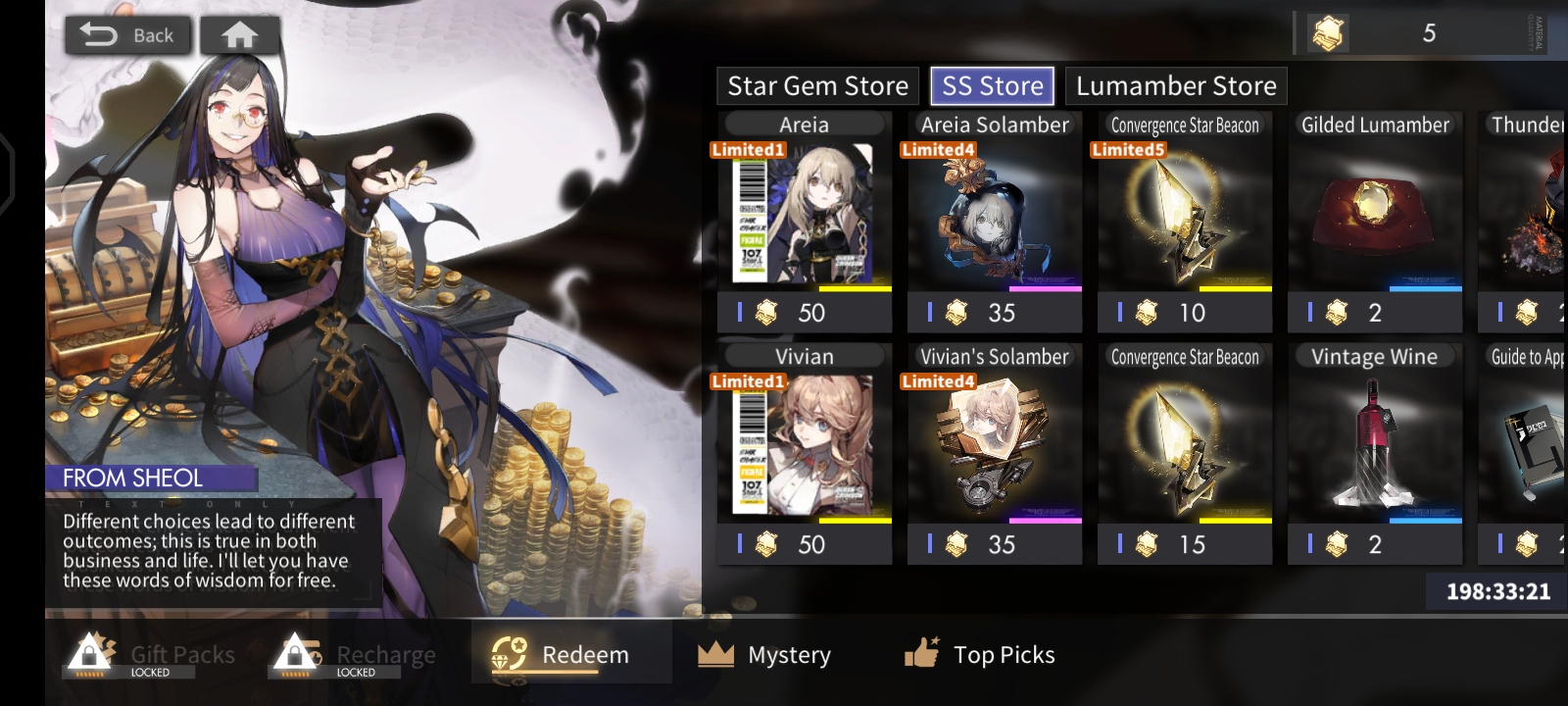
By exchanging 3000 Text Fragments, you can buy a Star Flare (up to 2 times). This is from a tab in shopped called Secret Store, where you can exchange Text Fragments (can be obtained from a Weekly Roguelike Mode called Secret Territory).
This concludes the basics for the Menu and Gacha. A tip tho, don’t be afraid to use Lumambers to refill your Prisms as it helps you progress faster in the game but if you wanna save it for Gacha or just want to take your time doing the story, that’s also fine. With that note that concludes this section, I won’t go in depth into other stuff because it’s more fun looking at it yourself. Now, let’s head to the next section!
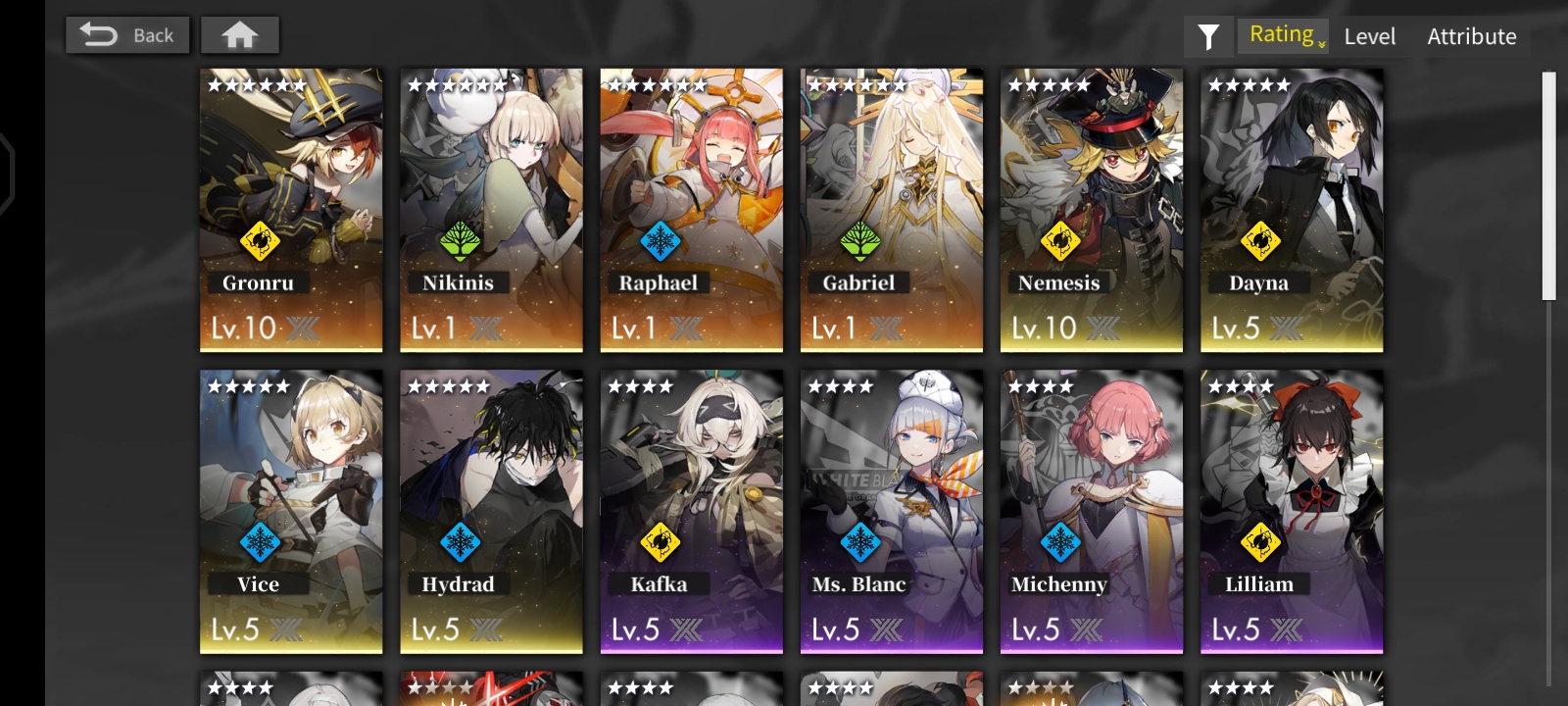
Alchemy Stars Character System: The Aurorians
Your Trusty Allies, The Aurorians
In this game, you take command of units known as Aurorians. They all have specific roles and uses depending on your playstyle. You wanna go Turtle Mode? Go Unga Bunga DPS? Or maybe you just wanna paint the map? You’ll surely find the best unit for you.
Each unit in the game has a Role and Element designated into them and also conjures a certain playstyle. Let’s first talk about Elements. The game has 4 Elements as of now namely: Water, Fire, Thunder, and Wood. Water counters Fire, Fire counters Wood, Wood counter Thunder, and Thunder counters Water. Usually one unit only have one element but there are few who have two.
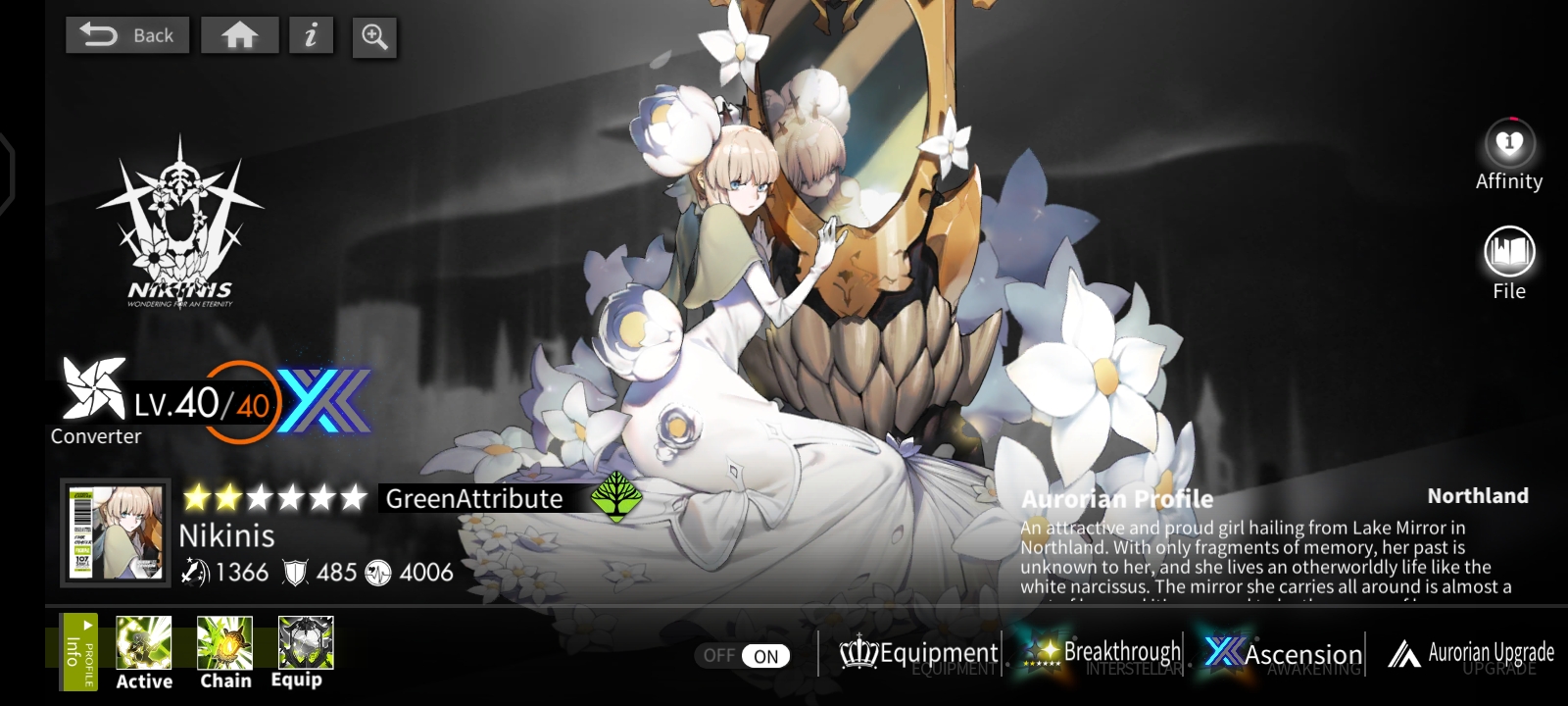
– Water (aka Blue, Wet, F2P Element): Currently the most balanced Element in the game and also the most f2p friendly. Water has a good spread of different roles in their roster. The game also gives you 3 very good Water Units early on in the game. Most of the low rarity units in Water can perform their roles so well that you can use them for almost every content. So far they dominate the story since most of the bosses have Fire Element. They currently have the best tile converter in the game (Raphael) as she can be used in almost every team and comp.
– Fire (aka Red, the DPS Element): Fire currently has most of the powerful DPS Units that are available in the game. There is even one 5* Support here that can deal very high AOE damage that can surpass a lot of DPS Units. Although full of very powerful DPS, they are lacking some full dedicated healers unlike in the other 3 elements. Also because of this DPS Oriented Style, Fire has some of the best Supports in the game because of strong AOE Damage, CC for the whole board while dealing a lot of damage, and many more.
– Wood (aka Green, Forest, the Weird Element): It’s safe to say that Wood is the strangest element in the game due to how most of their units work. While other elements have straight forward skills and abilities, Wood has Mechanics unlike any other. Although some of the units have weird mechanics, they have a lot of good units who can reset tiles (aka Painters/Converters). They’re really good but also overwhelming because of the mechanics. On top of that, Wood has got to be the element with the highest mobility, by that I mean you can move your units into other tiles without consuming a turn.
– Thunder (aka Yellow): The element with a lot of flexibility. A good mix of DPS and units synergizing with each other. They are the most “decent” element imo. They are the “Jack of all Trades, Master of None” of all elements. I can’t say much about Thunder since they’re the element I didn’t get a lot of experience with. But if they are to be given 1 classification, it’ll be kiting. A lot of units in Thunder have long ranged skills, be it long tile coverage or specifically targeting enemy units.
Besides from Elements, Roles are what defines a unit. There are currently 4 Roles present in the game. Converter, Sniper, Detonator, Support. Although there are only 4 roles, some units can play multiple roles because of how their skills and passive works.
– Converters: also known as Painters. They paint tiles and grids to fit their respective element hence the name, Painters. They are a staple in every team as their utility and usefulness is unmatched.
– Detonators and Snipers: the two DPS Class of the game. They are almost similar in nature as the two both share the trait of beating the shit out of enemies. Their main difference is that Detonators often deal AOE Damage and their abilities affect areas while being close ranged, Snipers on the other hand excels in single target bursts while being far from enemies.
– Supports: Healing, Buffing, Shielding, you name it. The Supports just do what their Roles do, by Supporting. They are very essential in almost every team, especially Healing Support as health is shared by all team members (except for a certain game mode). To add, Healers are mainly used to get the “No under than 50% HP” in the story and also for the Roguelike where your damage taken will carry over to the next stage.
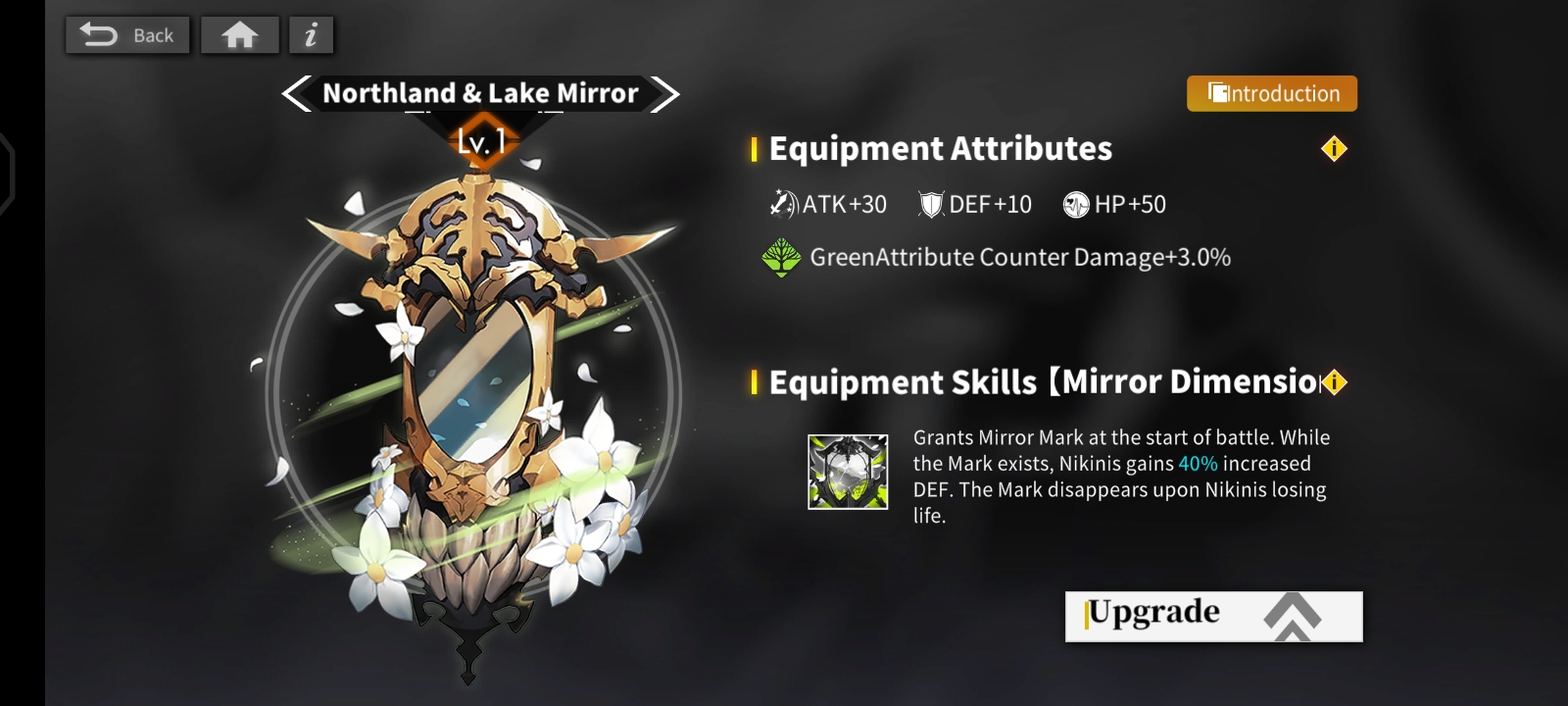
Skills and Abilities
Similar to other games, units in this game have 3 abilities. Chain, Active, and Equipment. It might sound quite confusing but trust me it’s not.
Chain Skills: They are skills that units will auto activate after chaining tiles. After a certain number of tiles, this skill gets strengthened and its effects and damage will be strengthened (up to 3 levels). Usually 5 and 6* units can get up to 3 levels while 4* Below units can only get 2 levels.
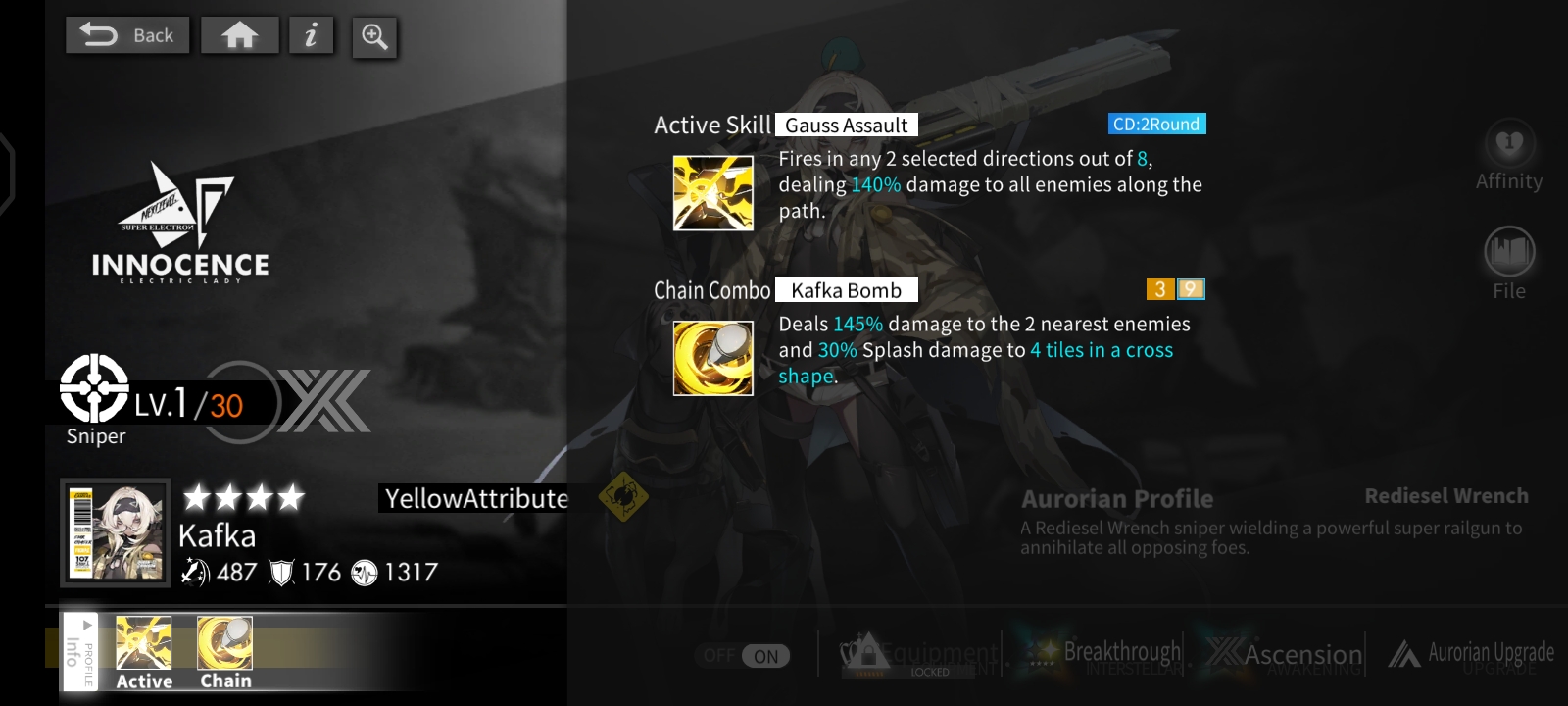
Active Skills: These skills are the unit’s bread and butter. It is manually activated by the player’s will and they can turn the tide of the battle (or mess it even more if you activate it at the wrong time). Usually these skills can’t be used right after the battle starts but there are Active Skills called Preemptive Skills that can be already used when the battle starts.
Equipment Skills: Basically speaking, they are the passive of the units. They are unlocked once the player Ascended a unit once (promoted once). Most of these equipment skills can range from very high defense, stacking multipliers, increased damage dealt, etc.
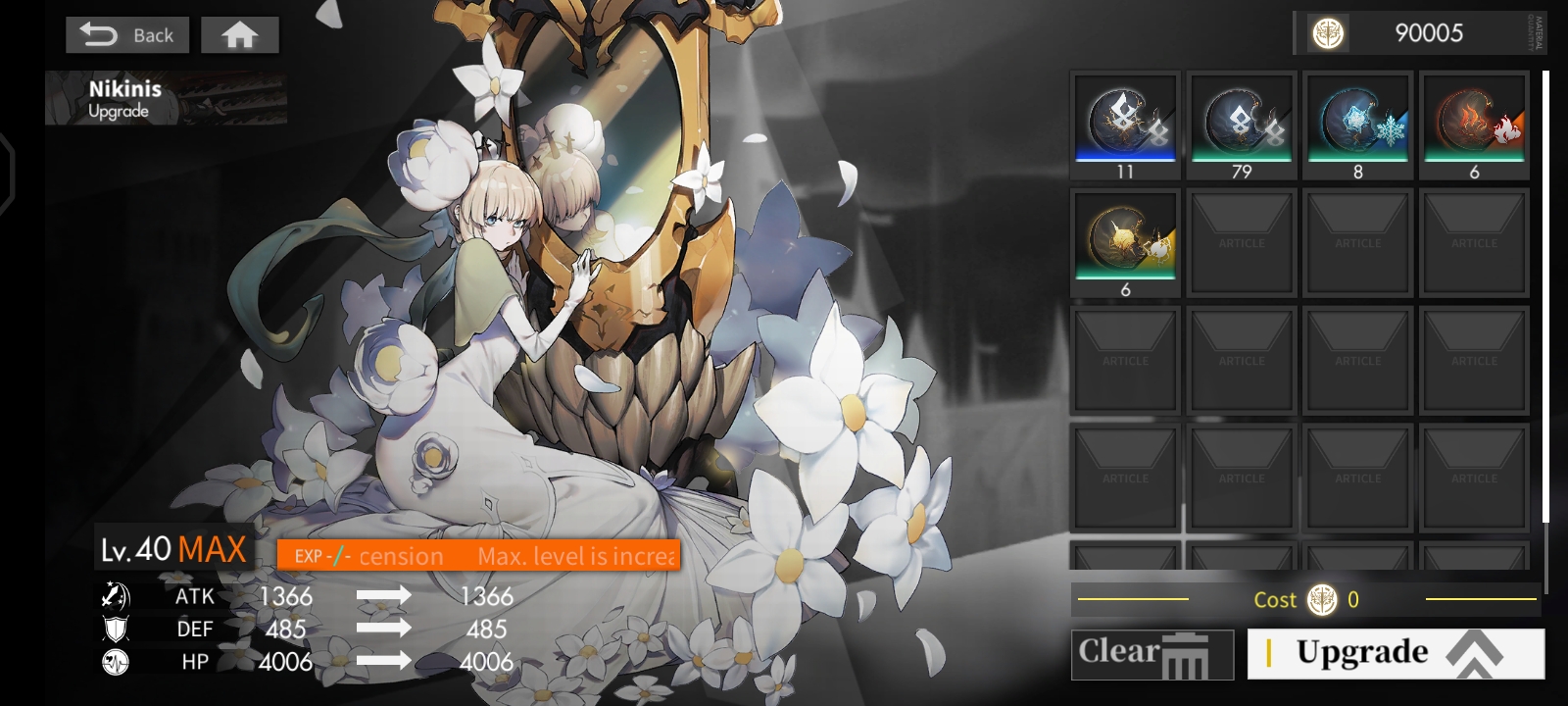
Upgrade System
The levelling up system on Alchemy Stars is a bit similar to games like Fate/Grand Order. Usually in most Gacha Games, the Exp Materials is the same for every unit but in Alchemy Stars there are Exp Materials that can give double exp for specific elements. As usual, they cost A LOT of money.
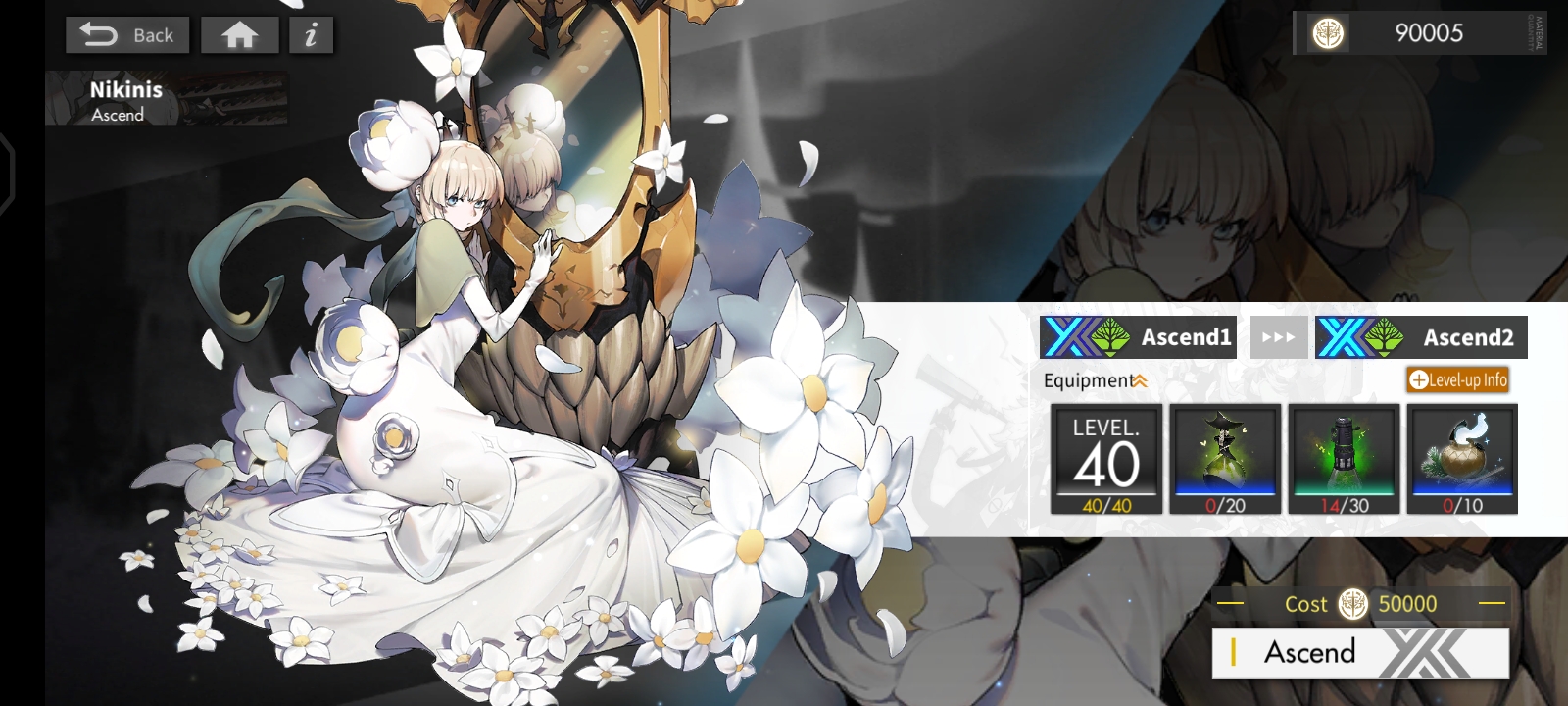
Ascending Units in this game is quite easy compared to other games. There are stages that guarantee material drops for almost every available material. Ascending Units unlocks skills, upgrades abilities, or even changes a unit’s animation.
You also get a lot of Ascension Mats in a tower climbing stage known as The Spire. This makes farming mats a tad bit easier when you unlock the Spire.
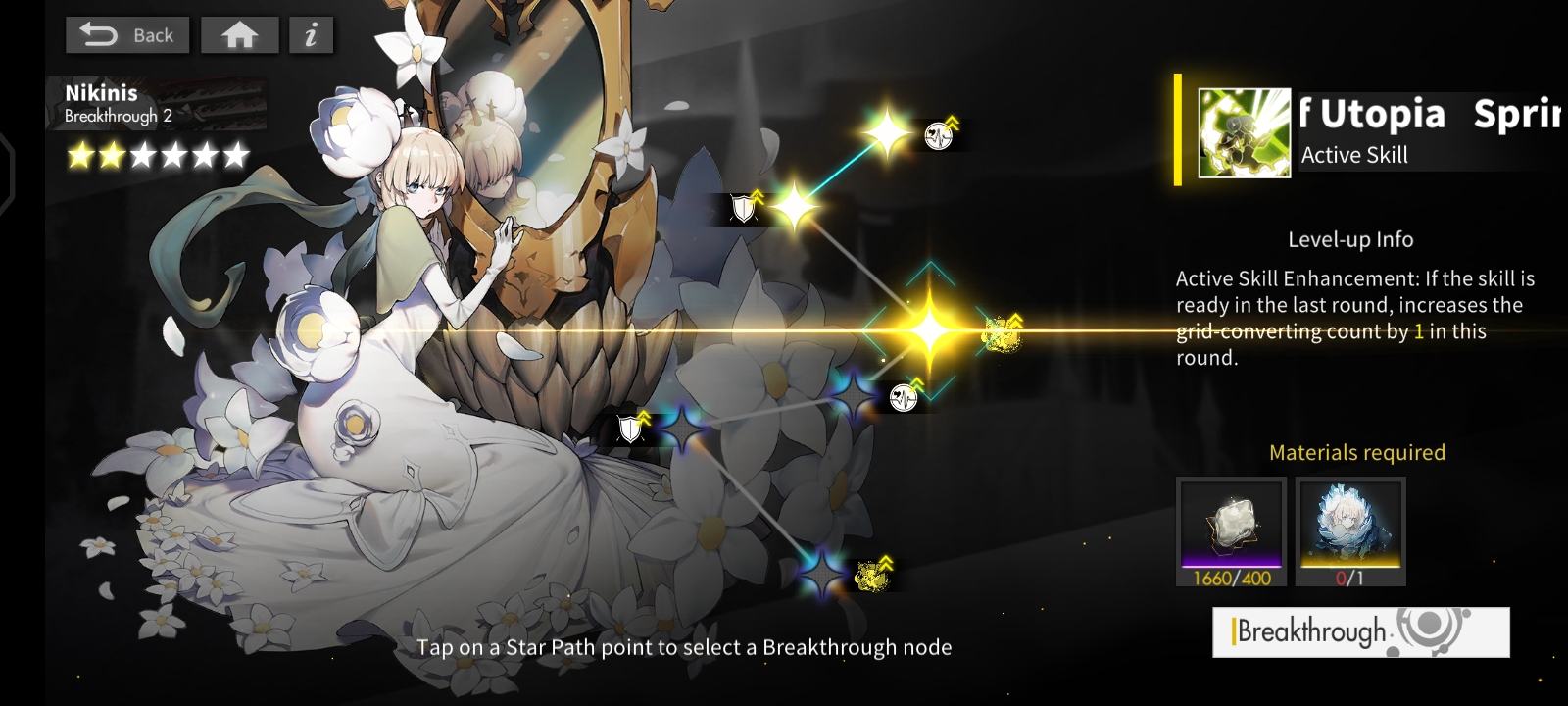
Alchemy Stars has a quite uncommon system for Duplicates. Everytime you get a dupe, it turns into two materials: Solamber and a Character Amber. Solamber is acquired at any dupe and it is used in every character’s duping system while a Character Amber can only be acquired if you get a specific character dupe (4 to 6* only, 3* only gives Solamber)
Dupes actually are quite strong in the game but most of the time, it isn’t necessary. It upgrades certain skills, reduces cooldowns, lower the needed tiles, or even change some Active Skills into Preemptive Skills.
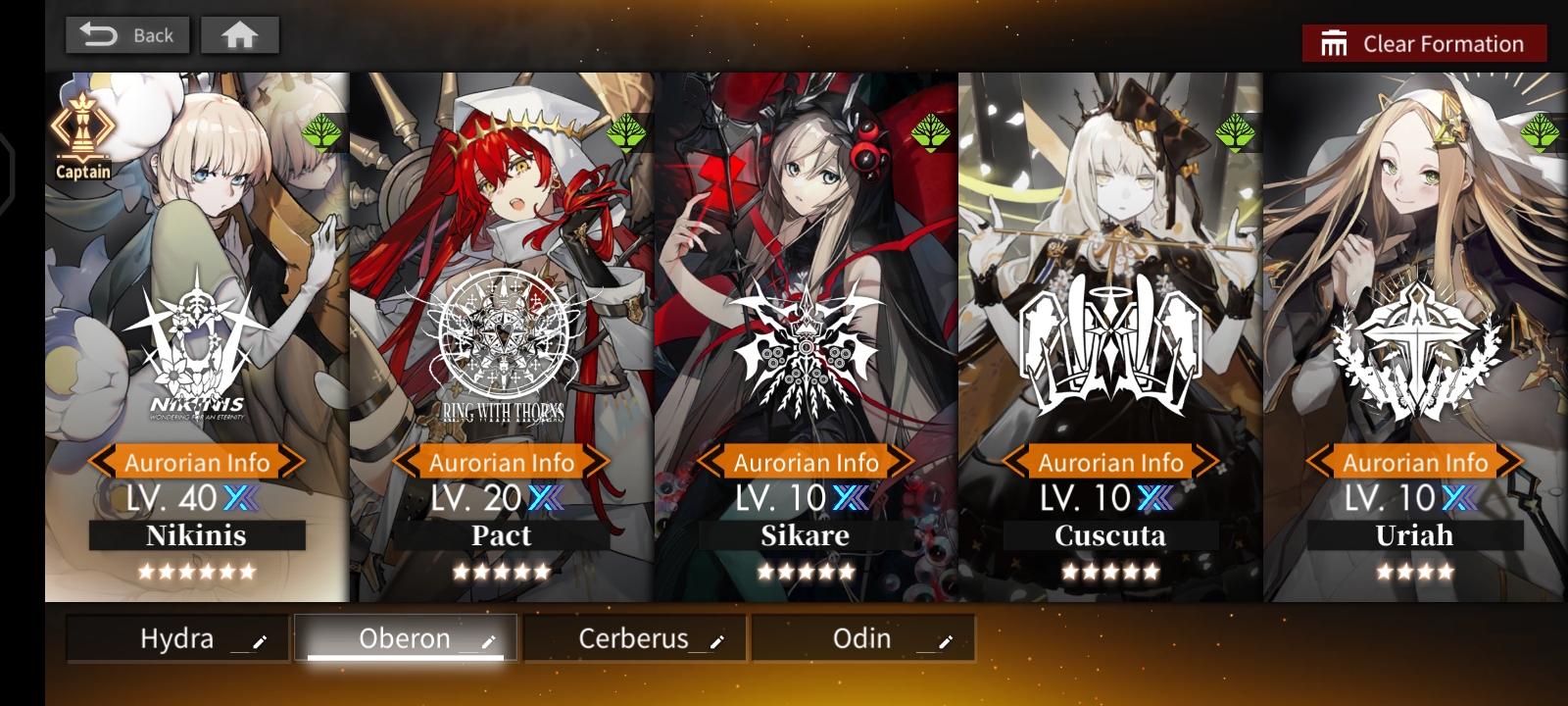
Team Building
Now let’s move into one of the most important thing in Alchemy Stars, and it is the team building.
As I said earlier, I will not be diving deep into the Advanced Stuffs that the game provides as I will be only covering the Basics. (Check Pepi’s Document that is linked below for the Advanced Stuffs regarding units and team building)
Each Team can have up to 5 Units with the 5th slot being an optional slot on whether you’ll bring your own Aurorian or borrow from a friend.
As for the team composition, a staple team often consists of a Converter, A Healer, A DPS (A Detonator or Sniper), then two flex units. Of course not everyone should follow this rule as players can build and create multiple flexible teams but still, having a Converter and a Healer makes the life of your team much easier.
It’s also highly recommended to build a “Mono Team” (one element only). Most of the content in the game forces you to play Mono Teams and overall just the best element composition. You can also mix and match Aurorians with different elements but it’ll require a certain amount of planning.
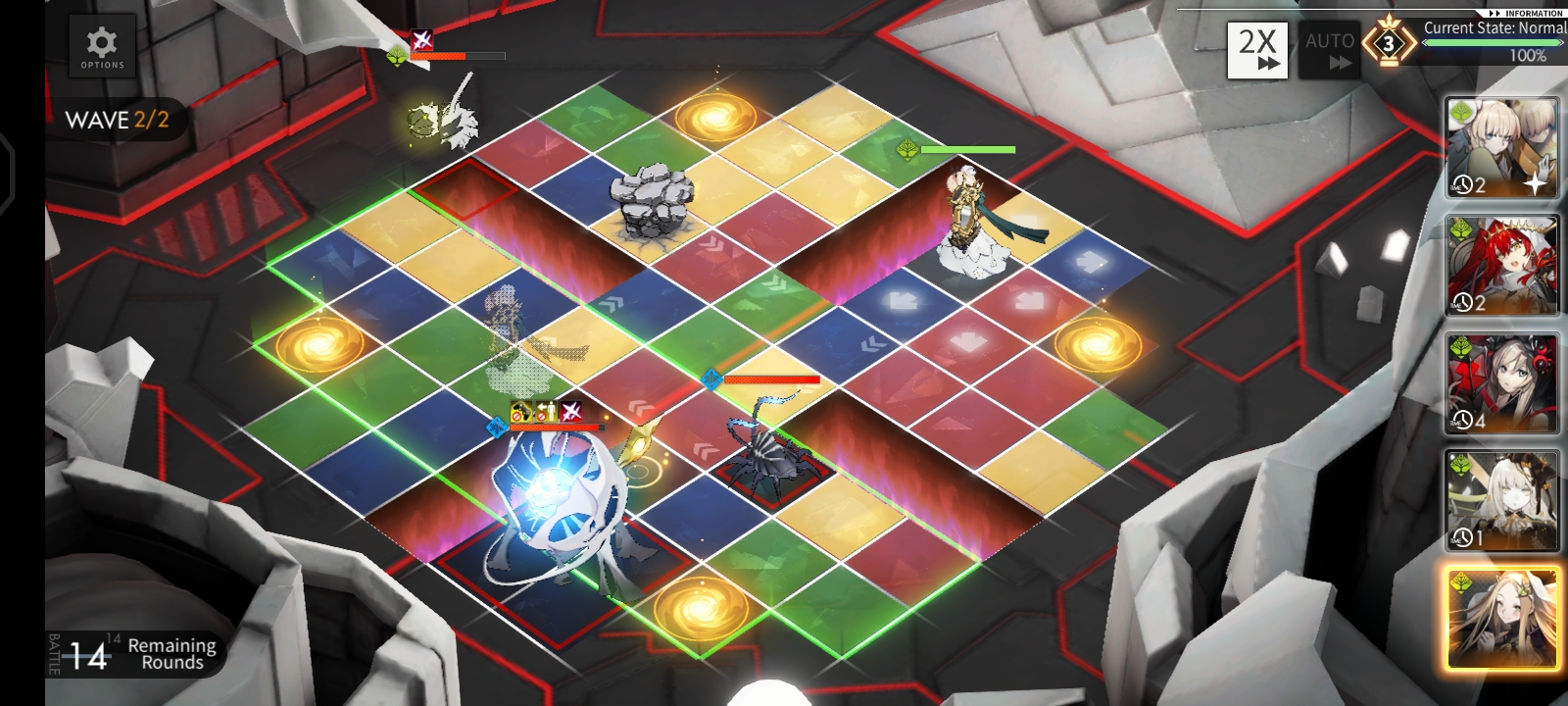
Alchemy Stars has a Unique Gameplay
The Battlefield
What you are seeing right now is the board where the Battle System of Alchemy Stars takes place. The size of each board varies from one another. Each board also has unique mechanics that either help or completely mess up with the player in different ways.
Each stage has a limited number of rounds to prevent long stall plays. Once the rounds run out, the stage will automatically fail. Some stages also have certain conditions like “Win in 6 or more rounds remaining”.
Each stage is covered by 4 different tiles which correspond to the 4 elements of the game namely Fire (Red), Water (Blue), Wood/Forest (Green), and Thunder (Yellow). You can only connect tiles with the same color and your units will only act if you connect in their corresponding element (except the Leader).
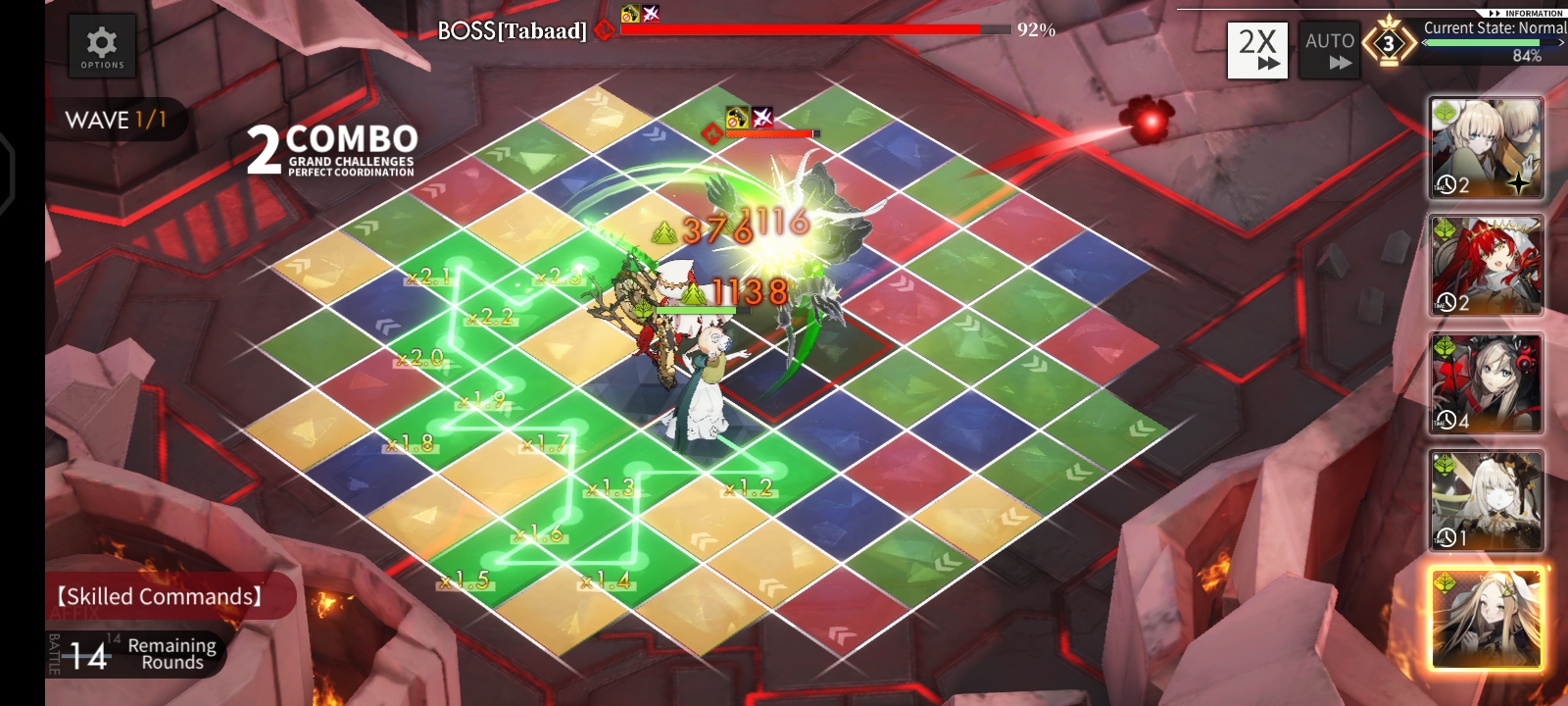
Actions and Movements
- As stated above, you can only connect tiles with the same color and with that said, characters will only act in their respective element (although there is a special tile that lets you connect into other tile colors and your characters will still act)
- You can connect tiles indefinitely as long as you can connect them. There is a special mechanic that can activate if you manage to connect up to 15 tiles.
- This special mechanic is called “Aurora Time”. In this mode, you can play for another turn without consuming a round. Although hard to pull (specially if you don’t bring Converters), it creates a safe space to either heal, set up, create distance from enemies, or vice versa.
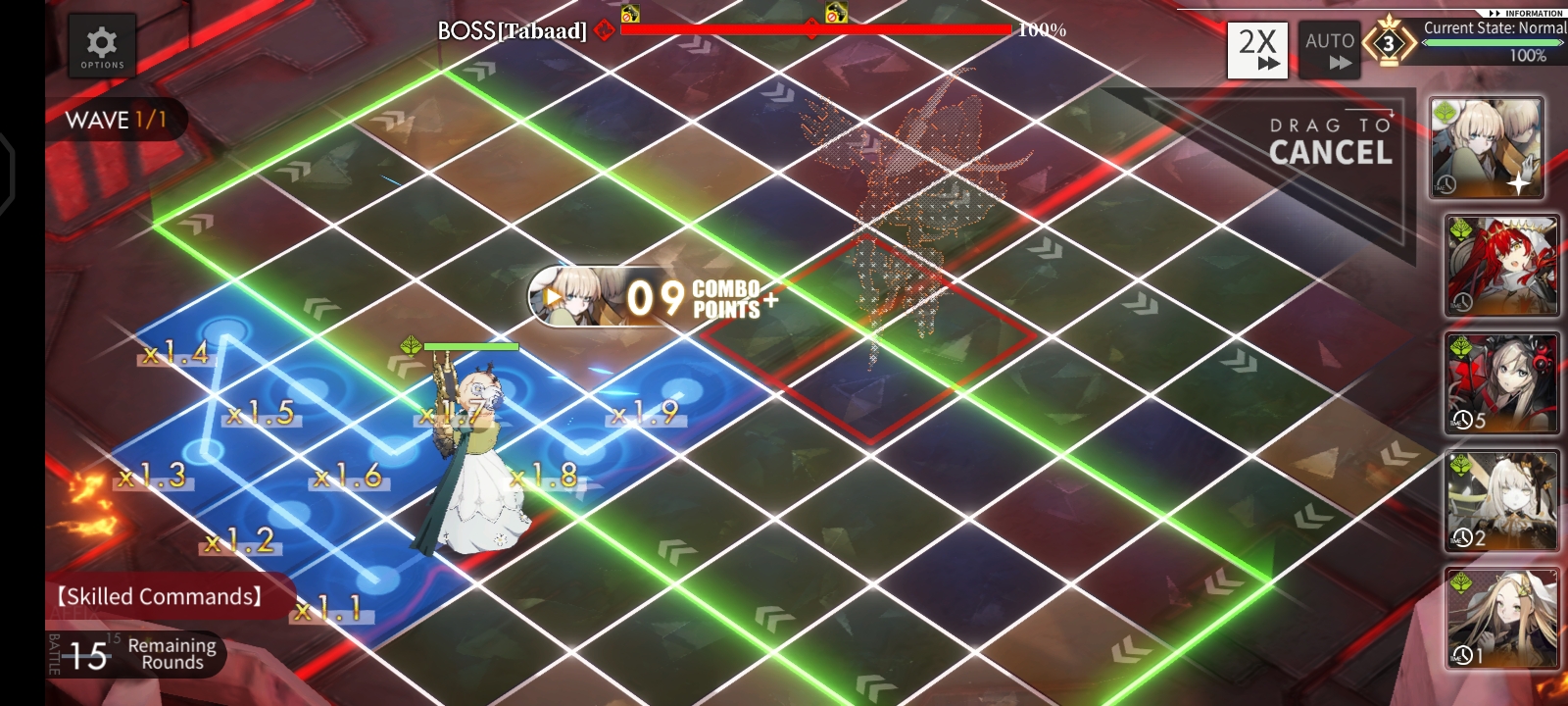
Combat Skills
- Every Aurorian comes with different skills and abilities that aid them in combat. Be it Offensive, Defensive, Supportive, or Utility. These skills can put you in advantage if used right, or push the player in a pinch when used in the wrong way.
- Since I already talked about the basics in Skills, I’ll just give some clarifications and additional tidbits here.
- The green indication you see in the photo is the range of the Chain Skill. This range changes according to how many tiles the player connects. Be aware that different characters have different Chain Skills, meaning they have different effects and range.
Finals
This basically concludes the necessary stuff you need when playing the game. As this is only a basic guide, this will be short so be sure to check out Pepi’s more Advanced Guide with units and their skills.
Ah, I forgot about the Dorm but there isn’t any very important gameplay aspect in there just like other dorms in gacha games. It is just a source of passive income as well as interactions with other Aurorians. I’m just gonna say one thing tho, it is by far the most unique dorm out there with unique Aurorian Interactions. They play games, talk, sing, wait in the elevator, and more. It’ll be a lot better if you explore and tinker with the dorms with yourself.
And with that said, that is basically it. Please do tell me if I have to add more stuff into it or if you want to learn more. Please DM me if there are any suggestions, concerns, and questions.
Splendor Illumina!!
